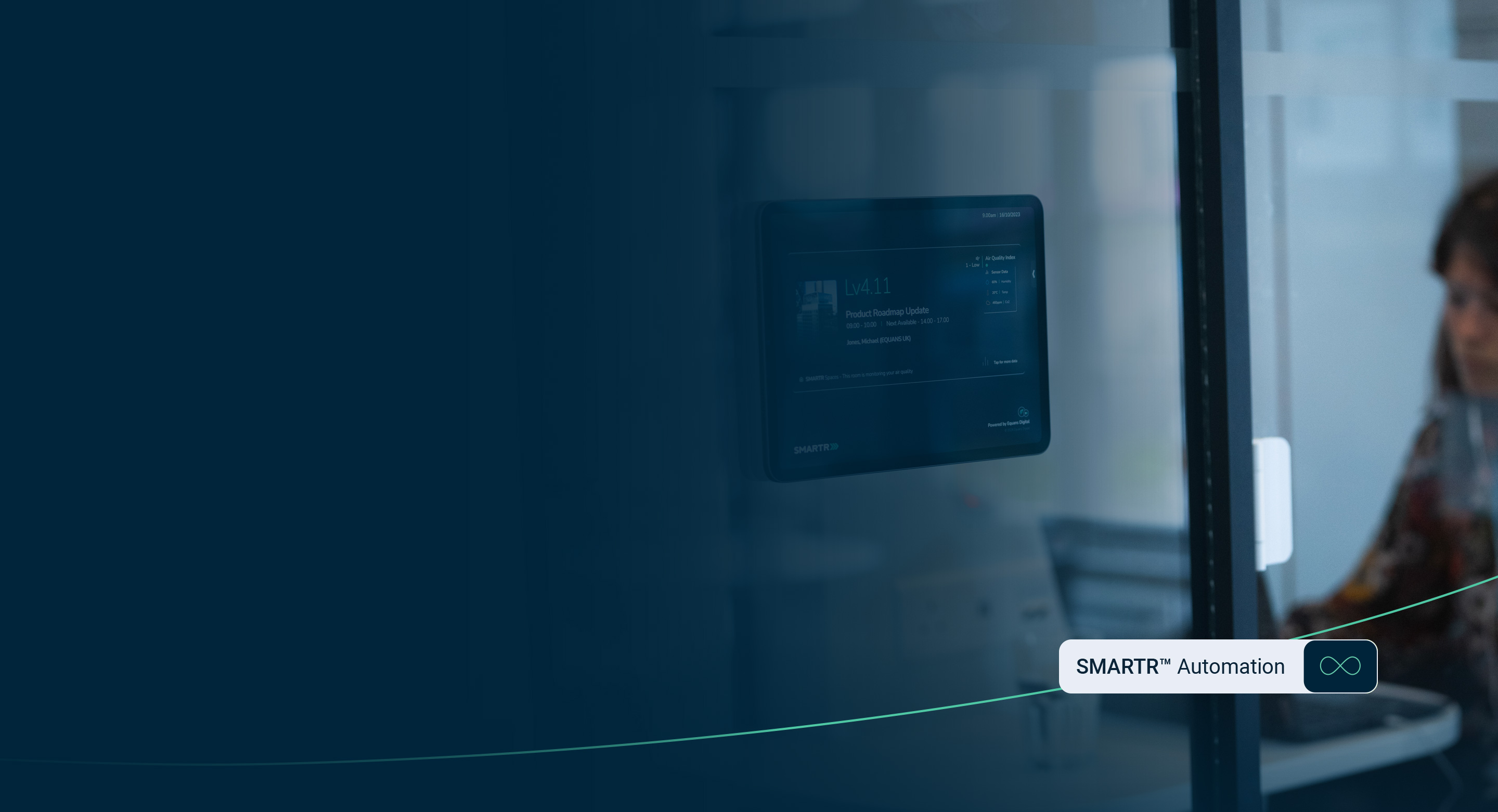Building management systems: A critical component for efficient operations

A building management system (BMS) is essential for organisations wanting to improve their efficiency and sustainability. A BMS is at the heart of modern, energy-efficient commercial buildings. It meets tough environmental standards and satisfies eco-conscious occupants.
Going beyond basic controls like temperature and lighting, creating an environment that responds to people’s needs and is sustainable by design. A BMS evolves with technology to prepare our buildings for the future while shaping how we live, work and interact with the built environment.
The heart of the system: A central control hub
The central hub intelligently brings together various building systems. By integrating these functions, the BMS can streamline building management from simple task execution to strategic operations oversight:
- HVAC management: The BMS adjusts heating, cooling, and ventilation (HVAC) based on real-time data, such as occupancy and external weather conditions, ensuring optimal indoor conditions.
- Lighting control: It utilises smart scheduling and occupancy sensors to maximise energy efficiency while guaranteeing that areas are adequately illuminated when in use.
- Security operations: The system oversees security measures by managing access controls and monitoring surveillance, enhancing building safety.
Enhancing efficiency and comfort
The prime objective of a BMS is to streamline operations and ensure optimal comfort for occupants. It achieves this by employing real-time data and automated controls, creating a dynamic environment for all:
- Operational efficiency: Through continuous monitoring, the BMS identifies inefficiencies in systems, such as HVAC and lighting. It uses this information to make real-time adjustments. For example, by reducing HVAC output in unoccupied sections of the building or turning off lights in empty rooms, leading to energy savings.
- Comfort for occupants: Comfort goes beyond temperature alone. The BMS controls factors like humidity and air quality, offering a tailored environment that enhances occupants’ well-being. If the system detects a sudden increase in room occupancy, it can update ventilation rates to maintain air quality and comfort.
Informed decision-making
Having a well equipped BMS is like possessing a detailed map of the building’s operational health:
- Real-time data: The BMS continuously gathers data from across the building, providing immediate insights into system performance, enabling facility managers to respond proactively to potential issues before they become significant problems.
- Analytics for future planning: The BMS uses historical data to predict future maintenance needs. Analytics can point out when a piece of equipment is likely to fail or when energy consumption peaks, assisting in efficient scheduling of maintenance tasks and avoiding disruptions.
- Mitigating risks: By understanding the real-time workings of the building and its future needs, facility managers can implement strategies that mitigate risks, such as equipment failures or energy inefficiencies, before they escalate.
Maximising building performance
A BMS, especially one enhanced with SMARTR technology, is fundamental to elevating building performance beyond conventional capabilities. It not only ensures buildings are operationally efficient but also champions environmental responsibility and economic viability:
- Sustainability and compliance: Ensures buildings operate within compliance thresholds. By optimising energy use and reducing waste, it helps buildings meet sustainability benchmarks and certifications, contributing to global efforts in environmental conservation.
- Energy efficiency: Through intelligent automation and efficient control of heating, ventilation, air conditioning, lighting, and other systems, it minimises unnecessary energy use, significantly cutting operating costs and lowering the carbon footprint of the building.
- Return on investment (ROI): Lowers energy bills, reduces environmental impact, enhances occupant satisfaction.
SMARTR’s impact on modern facilities management
SMARTR Automation is redefining the experience within our living and working spaces through state-of-the-art management solutions.
The adaptable and open platform seamlessly integrates into a diverse range of sites, ensuring compatibility with future building management needs:
- Integration of IoT devices: Connects a multitude of sensors and devices within the facilities, providing unprecedented control and monitoring, for real-time responses to the dynamic needs of the building environment.
- Data-driven insights: Translates the vast quantities of data generated by a building into actionable insights that improve the efficiency of operations and the comfort of users.
- Energy management: By monitoring energy flows and detecting anomalies, it enables proactive energy conservation, reducing costs and contributing to environmental sustainability.
- Predictive maintenance: By predicting equipment failures before they occur, facility managers can prevent downtime and extend the life of the assets.
- User-centric control: Allows individual control over personal spaces, such as adjusting lighting and temperature, through user-friendly interfaces.
These ensure maintenance is not just reactive but pre-emptive, simplifying facility management and safeguarding the building’s efficiency and sustainability.
SMARTR Automation (the name for our BMS) is more than a system, it’s an approach to modern facilities management that provides proactive, informed, and user-focused management. It ensures buildings are ready for both today’s needs and tomorrow’s changes. SMARTR helps buildings meet strict standards, reduce energy use, and remain cost-effective.
Do you want to see change with a system to make your life easier? To improve efficiency, support decisive management, and tackle environmental challenges, get in touch with our SMARTR experts today. Let’s transform your building into a showcase of sustainability, efficiency, and innovation.